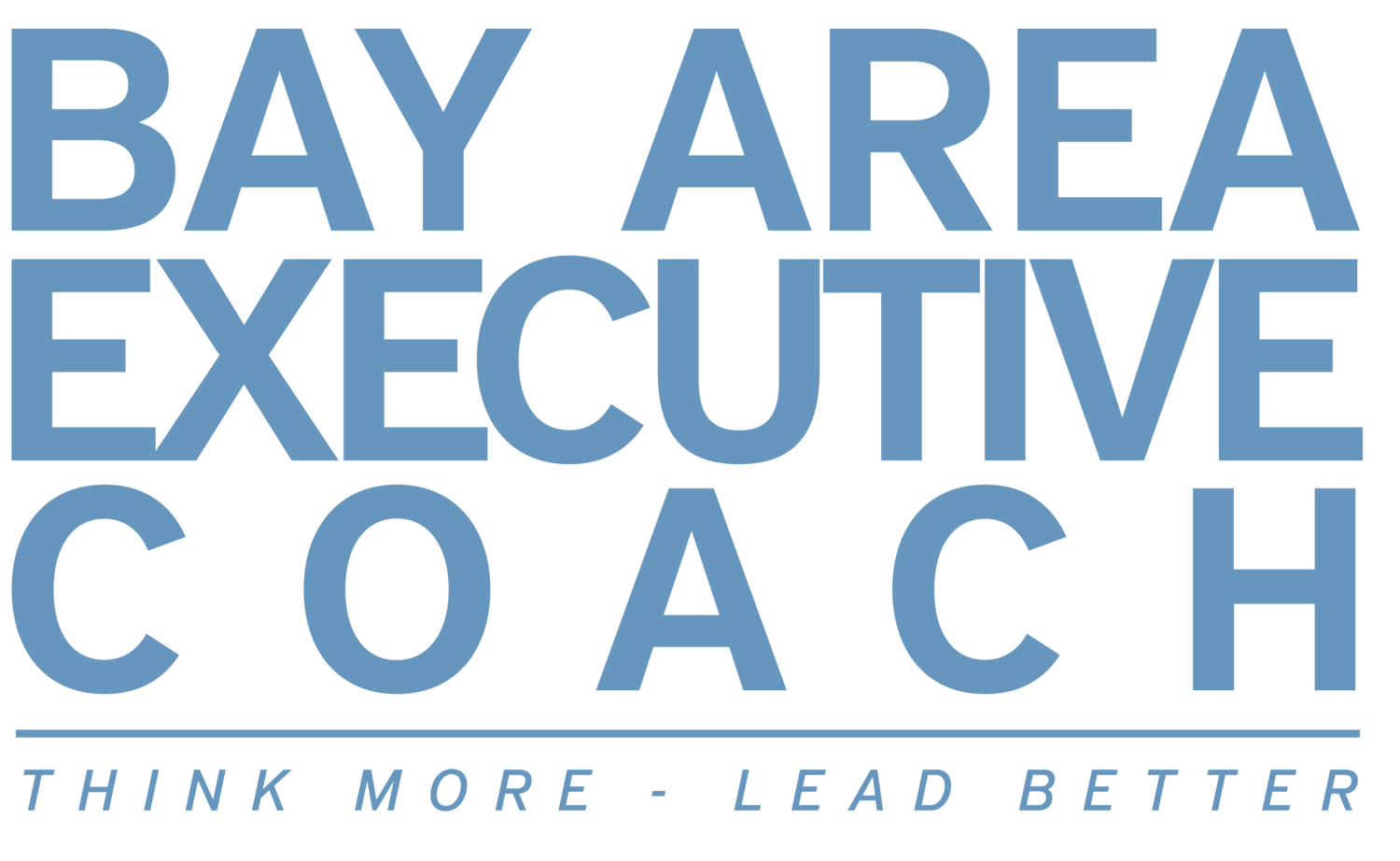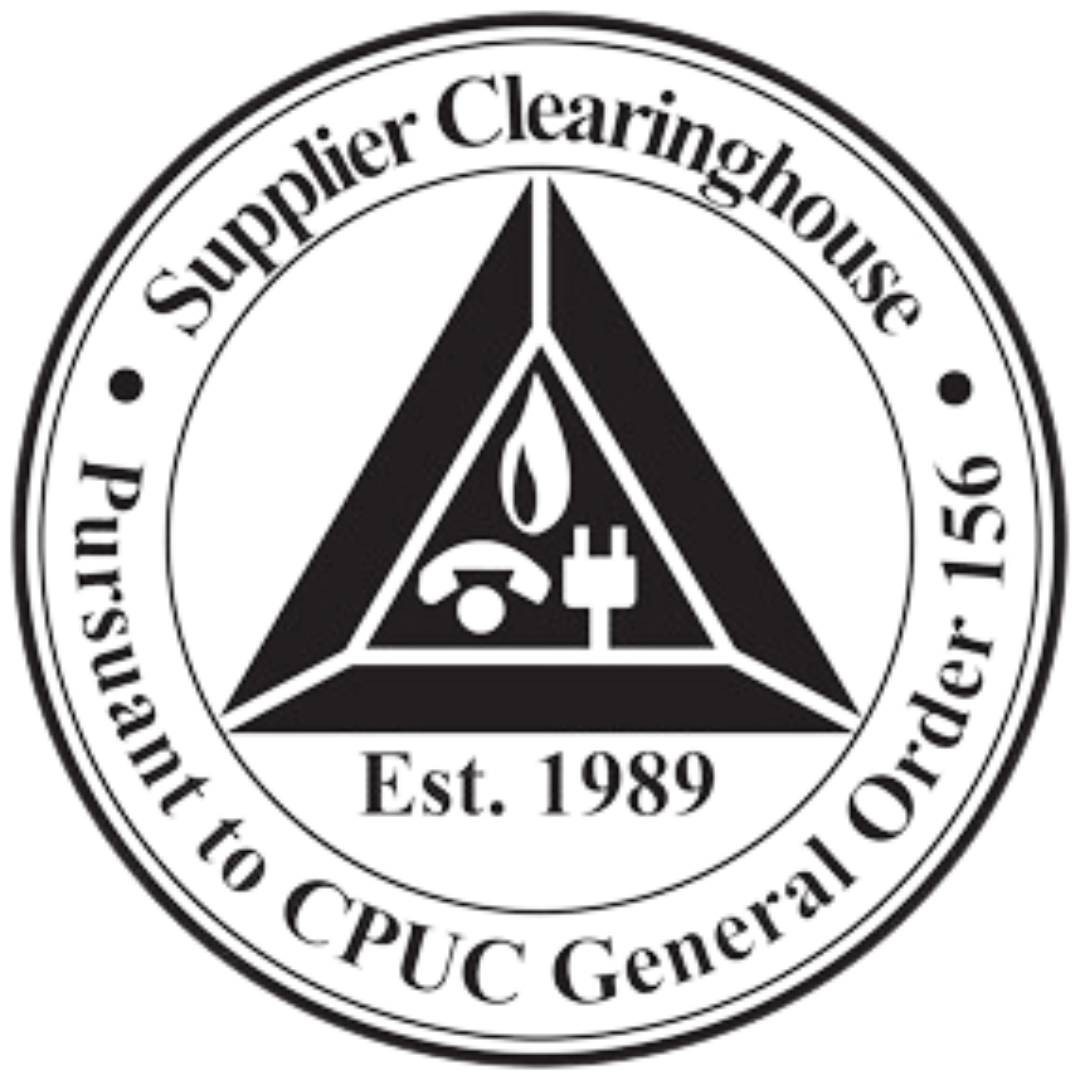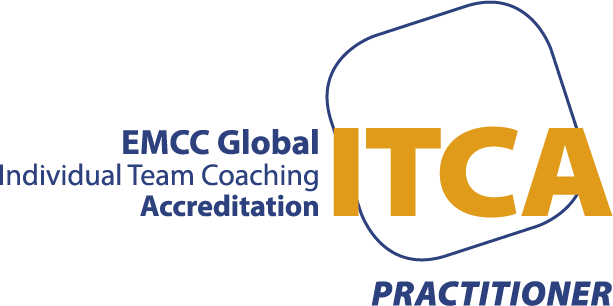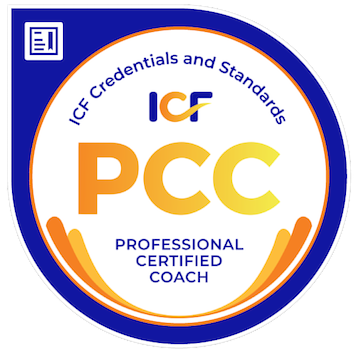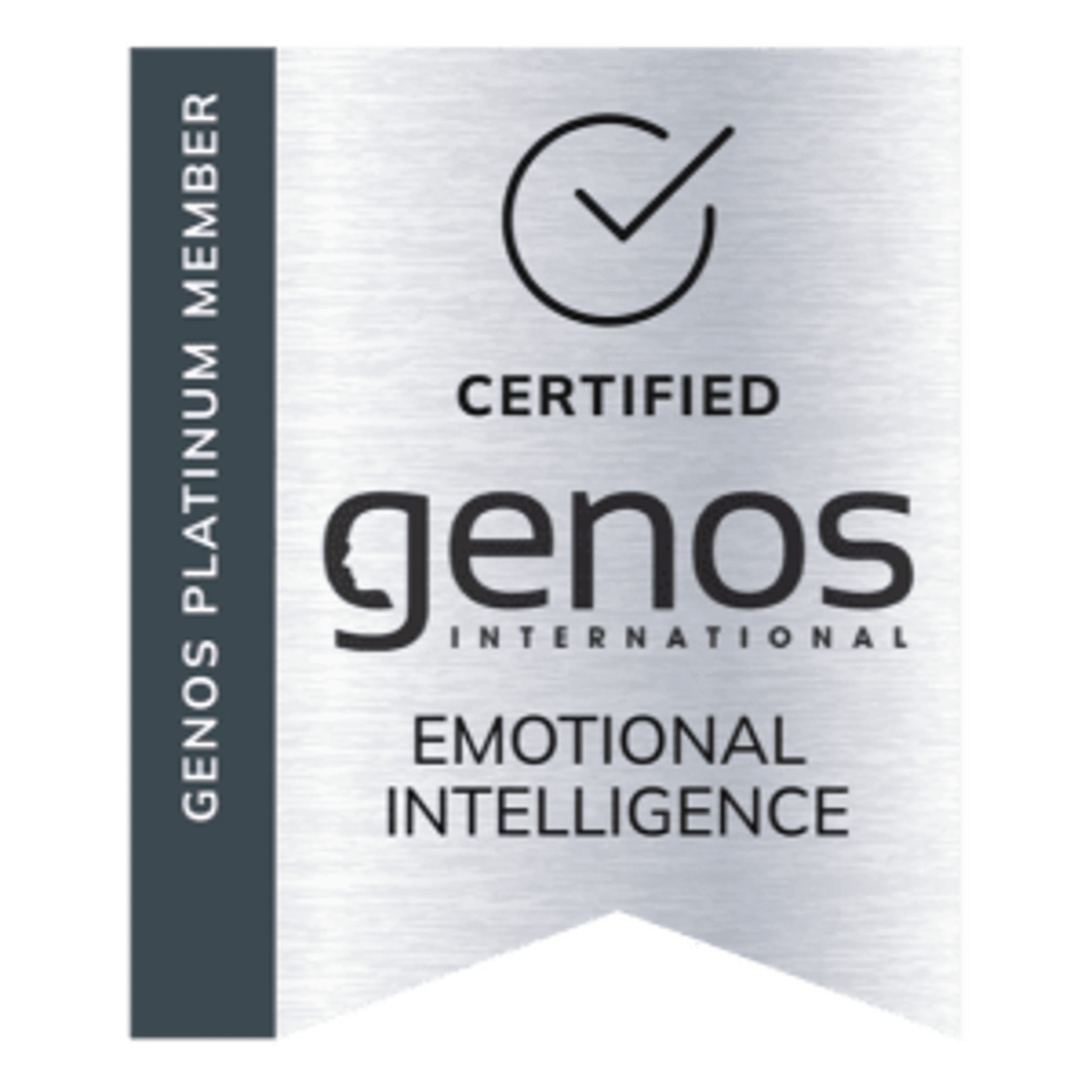“Not finance. Not strategy. Not technology. It is teamwork that remains the ultimate competitive advantage, both because it is so powerful and so rare.” – Patrick Lencioni
Yes, building a high-performing team is difficult, but it is absolutely doable. Teamwork results from cohesiveness, defined as “the quality of forming a united whole.” Most managers want to build strong teams, but bringing cohesiveness to a group of people who often have different backgrounds can be challenging.
With that in mind, here are some best practices for building your team’s cohesiveness.
- Encourage communication.
A cohesive team thrives on open communication. Savvy managers provide communication channels that encourage active and open communication among and between all team members. These channels could take the form of remote or in-person meetings, clearly written and transparent emails, suggestion boxes, and town hall style Q&A sessions.
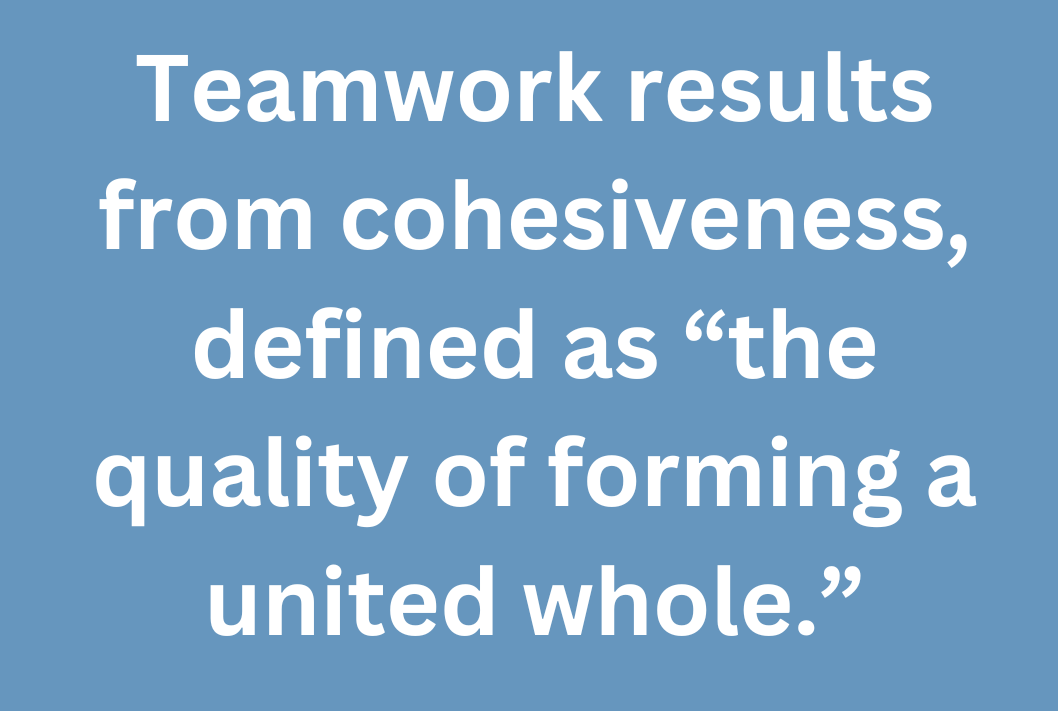 Open communication encourages cohesiveness by putting everyone on the “same page” and dispelling misunderstandings. It also builds trust among team members and supports connections that can increase the team’s overall effectiveness. Frequency and repetition of key messages are also important factors here.
Open communication encourages cohesiveness by putting everyone on the “same page” and dispelling misunderstandings. It also builds trust among team members and supports connections that can increase the team’s overall effectiveness. Frequency and repetition of key messages are also important factors here.
- Practice team-building activities.
Team-building activities (which are outside of normal business activities) help boost overall morale and encourage team members to bond together to support their team’s success.
Examples of team-building activities you may want to try include:
- Volunteer work for a local charity
- Park or beach clean up
- Outdoor activities such as hikes, ropes courses, etc.
- Mindfulness classes
- A cooking class such as sushi making
- Regular team lunches
For maximum effect, implement team-building activities on a regular basis.
- A clear unifying goal.
Having a clear north star for the team to focus on and that can only be achieved through team effort can be incredibly galvanizing. Oftentimes team members are given individual goals to shoot for. To pull a team together, give them a stretch goal they can only reach by truly working together and rallying to accomplish it. 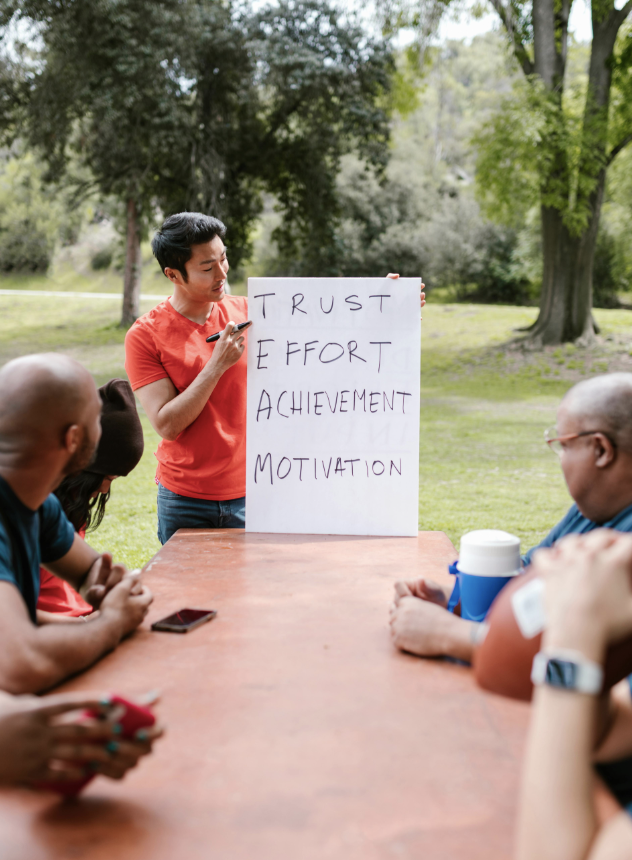
- Provide training and development.
Training and development opportunities are a great way to make people feel like they’re part of the team. Encourage team members to grow their individual skills and abilities by providing the classes and training infrastructure to facilitate that growth. Such efforts ultimately help to improve a person’s work and overall contribution to the team as a whole. We can help in this area. Review the team training section of our website to learn more about the team development programs we offer.
- Celebrate successes as a team.
Celebrating success as a team can have a powerful effect on overall team cohesiveness. Rather than focusing on an individual’s success within the team, use every success to celebrate the team as a whole. Thank your team members for their work and recognize that all members play an important role in attaining goals.
- Focus on building trust.
In a previous post we discussed in some detail the important role that trust plays in the workplace. Trust also plays an important role in a team’s ability to work together cohesively. To build trust, the team leader must consistently demonstrate their own trustworthiness. When a team feels their leader keeps secrets or isn’t being honest and open, team members are more inclined to drop out of their team or pursue their own interests. A great resource to start with in this area is The Speed of Trust by Stephen M. R. Covey.
- Define the values of the company and team.
Every legitimate company has values, and so should every team within a company. Team members who clearly understand the values of the organization they work for and the team they’re part of are more likely to want to contribute to the team’s success. This attitude works to motivate people and encourages a sense of team cohesion. If the team is unclear on what their collective values are, you may want to engage in an exercise to define them together. This can be a powerful exercise to bring people together with a shared identity.
- Empower members of the team.
This goes side by side with building trust. Giving team members responsibilities and authority in particular areas will empower them to do their best, which ultimately increases overall team cohesion. When team members take personal ownership over their activities, they’re more likely to work together as a team to effect positive outcomes.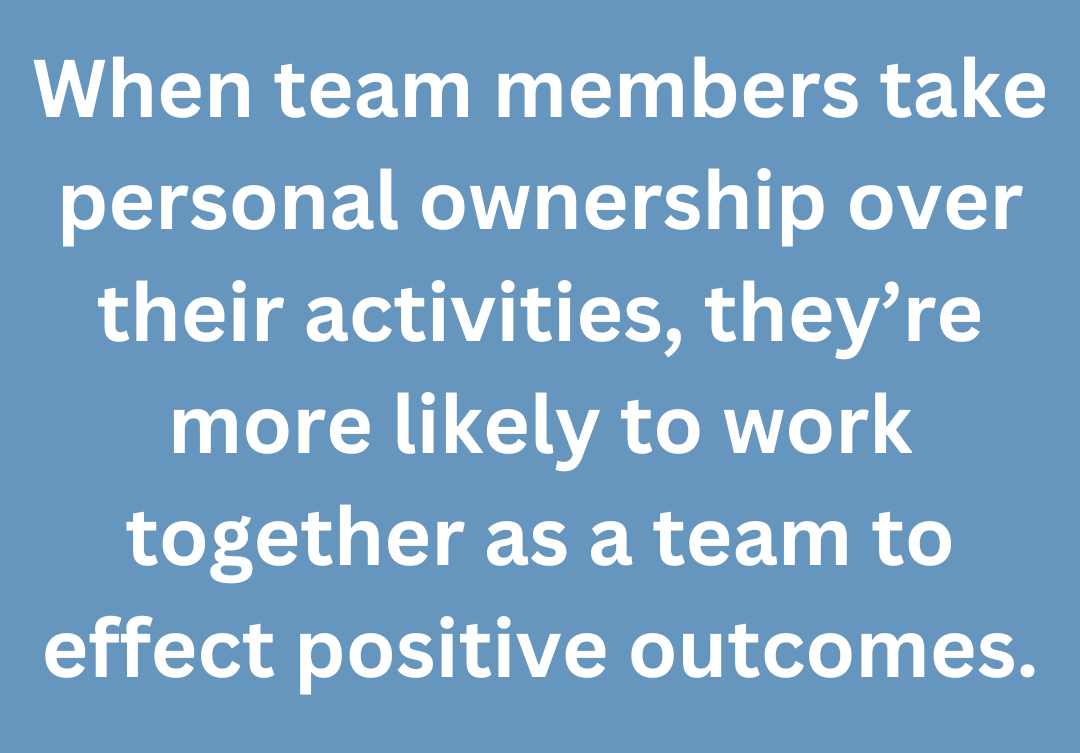
- Resolve conflicts as a group.
People being people, conflict at some point is inevitable. It’s how teams resolve conflict that determines the team’s overall cohesiveness. When conflicts arise, the team should work together to come to a viable solution as quickly as possible. Resources for dealing with conflict resolution should be a part of every team leader’s toolkit. If your team needs help developing the ability to have difficult conversations and navigate them successfully, we can help. Contact us to learn more.
- Choose team members with care.
When deciding who will be a part of your team, take into consideration their abilities, personality and ability to work within a group setting. Choosing the right people to work on a team to begin with will make the work of pulling them together in a cohesive fashion a much easier endeavor.
Cohesiveness takes time and effort to build. But it’s definitely worth the effort for every team that aspires to exceed the capabilities of its constituent members. One of the most successful team-building programs is the Five Behaviors of a Cohesive Team created in conjunction with Patrick Lencioni. We offer this program and would be happy to explain how it can greatly accelerate your team’s efforts to work together more cohesively. Learn more about our team coaching services, and contact us to find out more.
Aside from cohesiveness, diversity in the workplace means the acceptance and inclusion of employees of all backgrounds and orientations. A diverse workplace is an important asset, since it acknowledges the individual strengths of each employee and the potential they bring. Read our article on The Value of Workplace Diversity: How it Benefits Companies!
Check out our case study, “Bringing a Team Together for Strategic Planning Success”.
Watch our video on what to do when team members don’t get along:
Featured photo is from ©Yan Krukau via Pexels. Secondary photo is from ©RDNE Stock project via Pexels.
